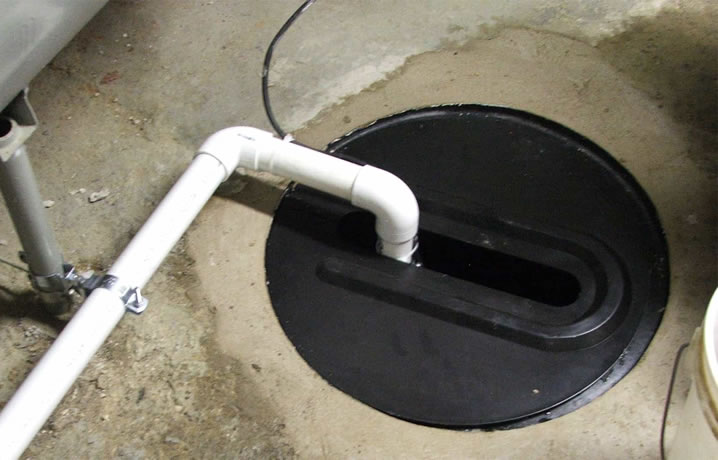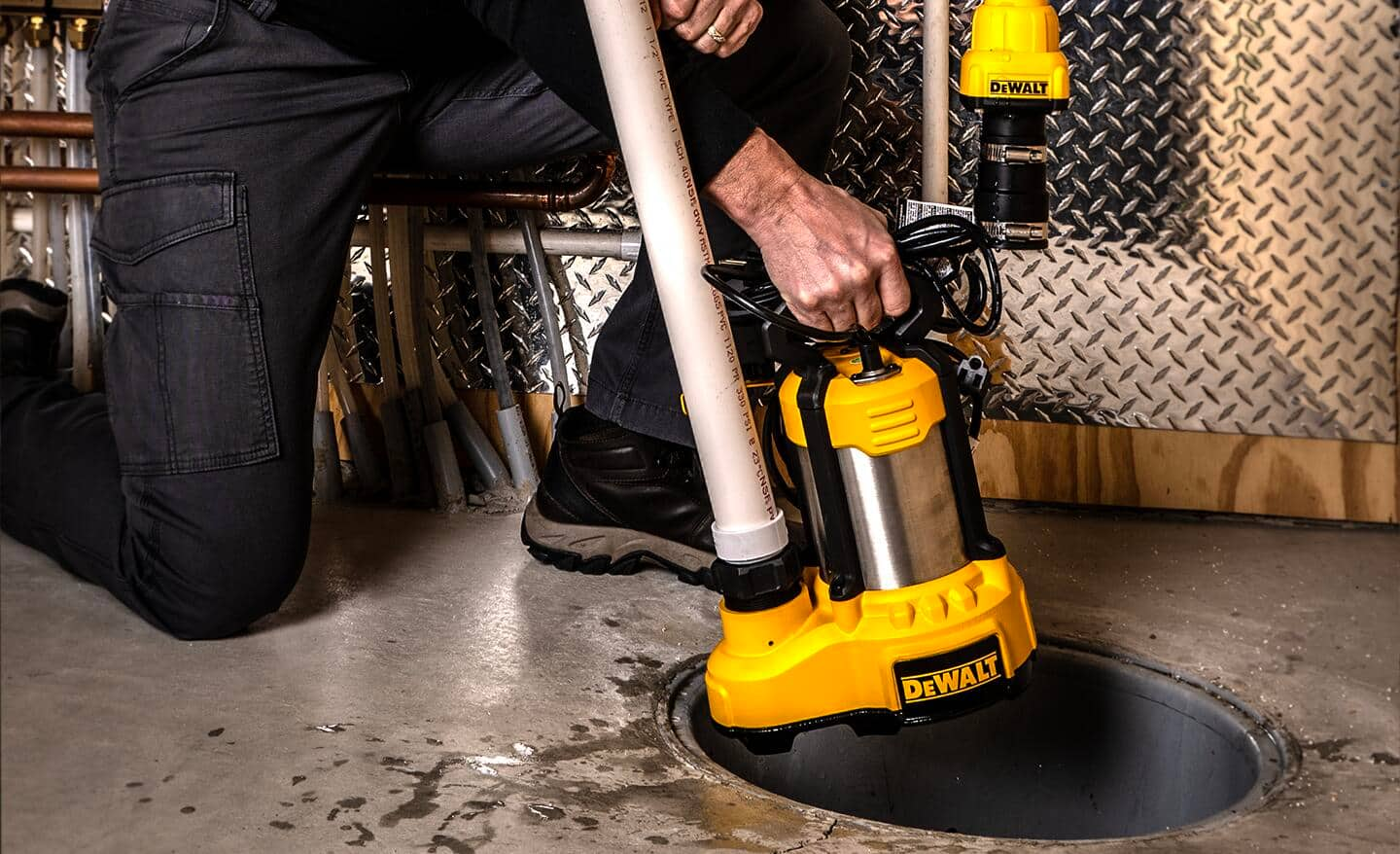Presented here below you might get some reliable material all about How to Care for Your Sump Pump.

Sump pumps are essential components in many homes, especially in locations vulnerable to flooding or too much wetness. They help protect against water damage by successfully eliminating excess water from basements or crawl spaces. However, like any other home appliance, sump pumps need regular maintenance to ensure they operate properly when needed the most. Cleaning your sump pump is a crucial part of its maintenance, and comprehending how to do it properly can save you from pricey repair work and potential catastrophes.
Introduction
Maintaining a clean sump pump is crucial for its proper functioning and long life. Overlooking this vital job can bring about blockages, breakdowns, and ultimately, water damages to your residential or commercial property. Consequently, finding out how to clean a sump pump is vital for house owners who rely on these tools to maintain their basements dry and secured.
Recognizing the Sump Pump
Prior to diving right into the cleansing procedure, it's necessary to have a basic understanding of exactly how a sump pump works. Normally set up in a pit or basin below the cellar floor, a sump pump contains a number of crucial elements, including a pump, a float switch, and a discharge pipeline. When water gathers in the pit, the float switch activates the pump, which after that pumps the water out with the discharge pipe, far from the building's structure.
Indications of a Dirty Sump Pump
Knowing when your sump pump requires cleaning is essential for preventing possible malfunctions. Some usual signs that show a dirty sump pump consist of strange noises throughout operation, minimized water circulation, and visible particles in the pit. If you see any of these signs, it's vital to clean your sump pump quickly to stay clear of any kind of further problems.
Getting ready for Cleansing
Prior to you start cleaning your sump pump, it's essential to take some security precautions. Begin by turning off the power to the pump to prevent any type of electrical mishaps. Furthermore, wear suitable protective gear, such as gloves and goggles, to protect yourself from dirt, particles, and possible virus.
Step-by-step Guide to Cleaning Up a Sump Pump
Shutting Off the Power
Begin by disconnecting the power supply to the sump pump to prevent any kind of crashes while cleaning.
Eliminating Debris and Dirt
Utilize a pail or a scoop to get rid of any visible debris, dirt, or debris from the sump pit. Dispose of the debris properly to prevent it from clogging the pump or the discharge pipeline.
Cleansing the Pump and Drift Change
As soon as the pit is clear of particles, very carefully get rid of the pump from the pit. Examine the pump and the float button for any kind of signs of damage or wear. Make use of a soft brush or towel to clean the surfaces and eliminate any type of gathered grime.
Flushing the System
After cleaning the pump and float switch, flush the sump pit with clean water to remove any staying dirt or sediment. This will help ensure that the pump operates efficiently and successfully.
Looking For Appropriate Functioning
Before re-installing the pump, do a fast examination to make certain that the float switch activates the pump appropriately. Pour some water right into the sump pit and observe the pump's procedure. If everything is operating correctly, you can reconstruct the pump and reconnect the power supply.
Upkeep Tips to Keep Your Sump Pump Clean
In addition to regular cleaning, there are numerous upkeep suggestions you can comply with to maintain your sump pump in optimum problem:
- Regular Examination: Examine your sump pump consistently for any type of indicators of wear, damages, or obstructions.
- Keeping the Surrounding Location Clean: Guarantee that the location around the sump pit is free of particles, dirt, and obstructions.
- Examining the Pump Occasionally: Evaluate your sump pump periodically by putting water right into the pit and observing its operation. This will assist you determine any potential issues before they escalate.
Final thought
Cleaning your sump pump is a crucial facet of its upkeep and guarantees that it runs properly when you require it one of the most. By adhering to the actions detailed in this overview and including regular upkeep into your routine, you can prolong the lifespan of your sump pump and shield your home from water damage.
6 STEPS ON HOW TO CLEAN A SUMP PUMP PROPERLY
UNDERSTANDING SUMP PUMPS
Your sump pump plays a crucial role in protecting your home by managing and removing excess water. It primarily functions as a “shield”, guarding your basement against the damaging effects of water accumulation. The pump is housed in a sump pit in the lowest part of your basement, and its job is to pump out any water that collects there.
During heavy rainfalls or when snow melts rapidly, water can infiltrate your basement, posing potential risks like flooding, structural damage, and harmful mold growth. Here, the sump pump springs into action, pumping out the intruding water and directing it away from your home.
SAFETY FIRST
Before cleaning, remember to prioritize safety. Disconnect the sump pump from the power source to prevent any accidental electric shocks. Also, wear sturdy gloves to protect your hands from any sharp or dirty components within the pump.
REMOVE THE SUMP PUMP
After ensuring your safety, the next step is to remove the sump pump from its pit. Doing this might require careful maneuvering as you don’t want to damage any pump components. Once removed, clean the sump pit to remove any accumulated debris or sludge.
INSPECT THE PUMP
Inspect the pump for any visible signs of wear or damage. Check the power cord, float switch, and impeller housing. If any components look worn out or damaged, consider replacing them to ensure optimal performance.
CLEAN THE PUMP
Thoroughly clean the pump with warm, soapy water. Make sure to rid it of any dirt, gravel, or other debris that might impede its performance. You can use a toothbrush to clean the small, hard-to-reach parts of the pump.
REINSTALL THE SUMP PUMP
- Reinstall the pump into the sump pit
- Make sure it’s positioned correctly to remove the water effectively
- Once it’s back in place, reconnect it to the power source
TEST THE PUMP
Finally, pour some water into the pit to ensure the pump works correctly. It should start automatically and begin pumping out the water; if it doesn’t, check the power source and the positioning of the pump.
Remember, while cleaning your sump pump is an essential part of home maintenance, hiring a professional plumber for a thorough inspection and cleaning at least once a year is also important. This will ensure that your pump is in optimal condition, ready to protect your home from potential water damage.
BEST PRACTICES FOR CLEANING SUMP PUMP DISCHARGE PIPES
- Regular Inspection: Regularly inspect your discharge pipes, especially during heavy rainfall or snowmelt periods. Look for any signs of blockage or damage. Early detection of problems can prevent serious issues down the line.
- Periodic Cleaning: Over time, sediment and debris can accumulate in the discharge pipes, impeding the flow of water. Regular cleaning helps keep the pipes clear and functioning efficiently. You can use a high-pressure water jet to effectively clean the pipes.
- Insulation During Winter: In colder climates, discharge pipes can freeze, blocking the outflow of water. Protect your discharge pipes from freezing temperatures by insulating them with foam pipe insulation. This will ensure the sump pump can continue to discharge water even in freezing conditions.
- Proper Positioning: The discharge pipe should be positioned to direct water away from your home’s foundation. Improper positioning can lead to water seeping back into the basement. Ensure the pipe is long enough and angled correctly.
- Installation of a Check Valve: A check valve prevents water from flowing back into your sump pit after the pump has pushed it out. Installing a check valve helps maintain the efficiency of your sump pump and reduces the risk of flooding.
- Minimize Pipe Turns: Every curve or turn in the discharge pipe can decrease the efficiency of water flow. By minimizing turns and bends in your discharge pipe, you can increase the efficiency of your sump pump.
https://www.fullspeedplumbing.com/how-to-clean-a-sump-pump-properly9999/

I found that page about Steps to Cleaning Your Sump Pump Properly when browsing the search engines. Don't hesitate to take the opportunity to promote this write-up if you liked it. We love reading our article about Steps to Cleaning Your Sump Pump Properly.
Click Here To Read More
Comments on “Useful Tips for Caring for a Sump Pump”